Why it's good to own two of the same type of guitar effects pedal
Because stacking isn't just for overdrive
Stefan Fast of YouTube channel ThePedalZone makes a convincing case for owning two of the same effects pedal types…
The idea of owning two pedals of the same type is actually one of creative value
If, like me, you tend to scroll through random gear groups and forums during your downtime, you’ve probably encountered a question such as: should I get delay pedal X or delay pedal Y? And as you sift through the replies you’ve probably also encountered one or several witty meme-lords answering, ‘Why not both?’ followed by a clever gif or a slew of pretending-to-roll-on-uncomfortable- imaginary-floor-while-chuckling-on-the-inside acronyms…
While these kinds of replies rarely contribute any real constructive feedback or useful insight, the idea of owning two pedals of the same type is actually one of creative value, as it lets you toggle between two different shades of the same effect, as well as achieve a third and completely new texture when you combine them.
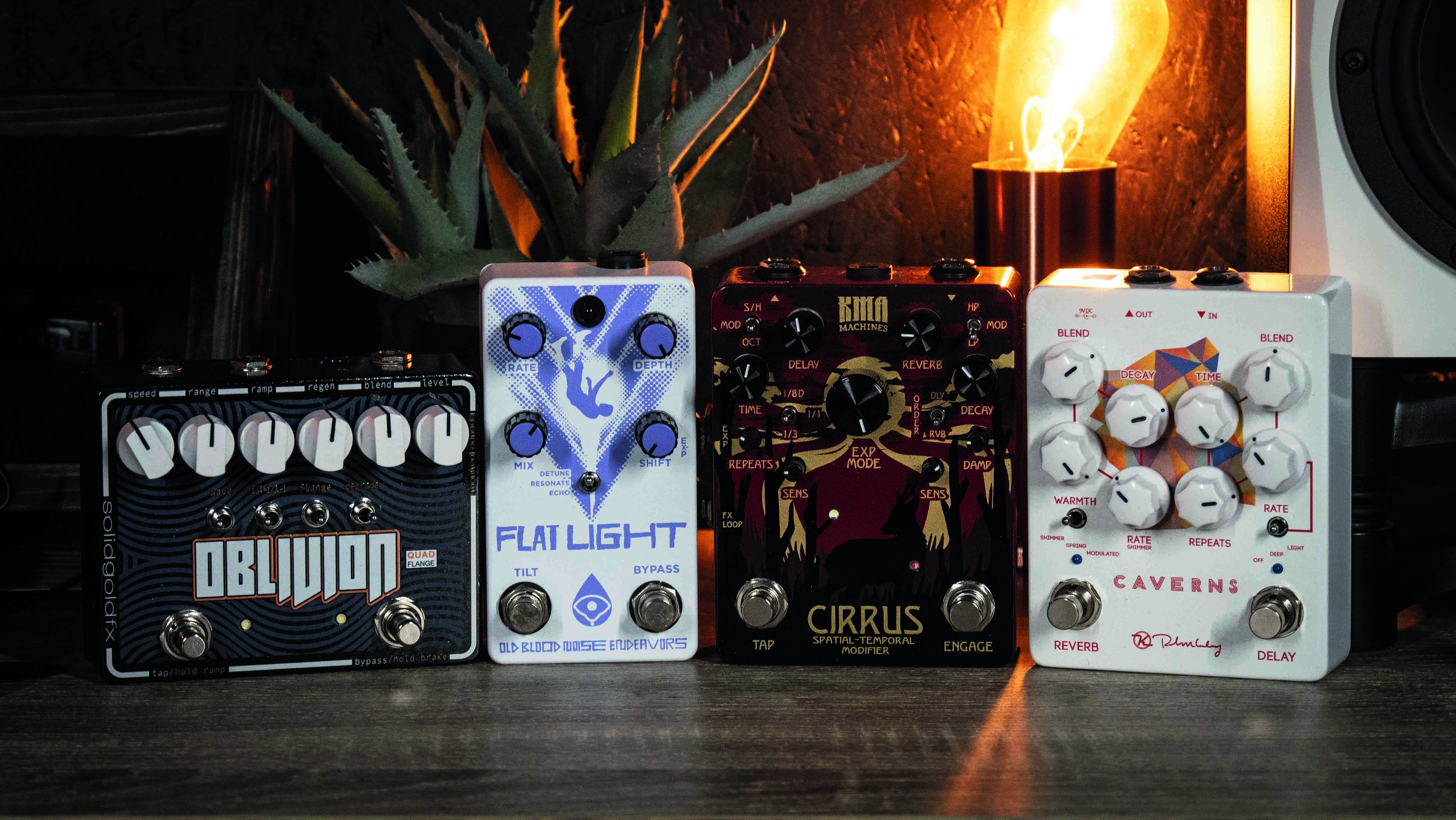
Most of us have messed around with stacking overdrives and/or distortions in order to achieve a new and different dirt tone, but for some musicians the duplicate-device adventure stops there. If that happens to be you then let me be your sonic Sherpa and lead you up Mt Tone, in order to hopefully give you a new and fun perspective on things.
Stacking delay
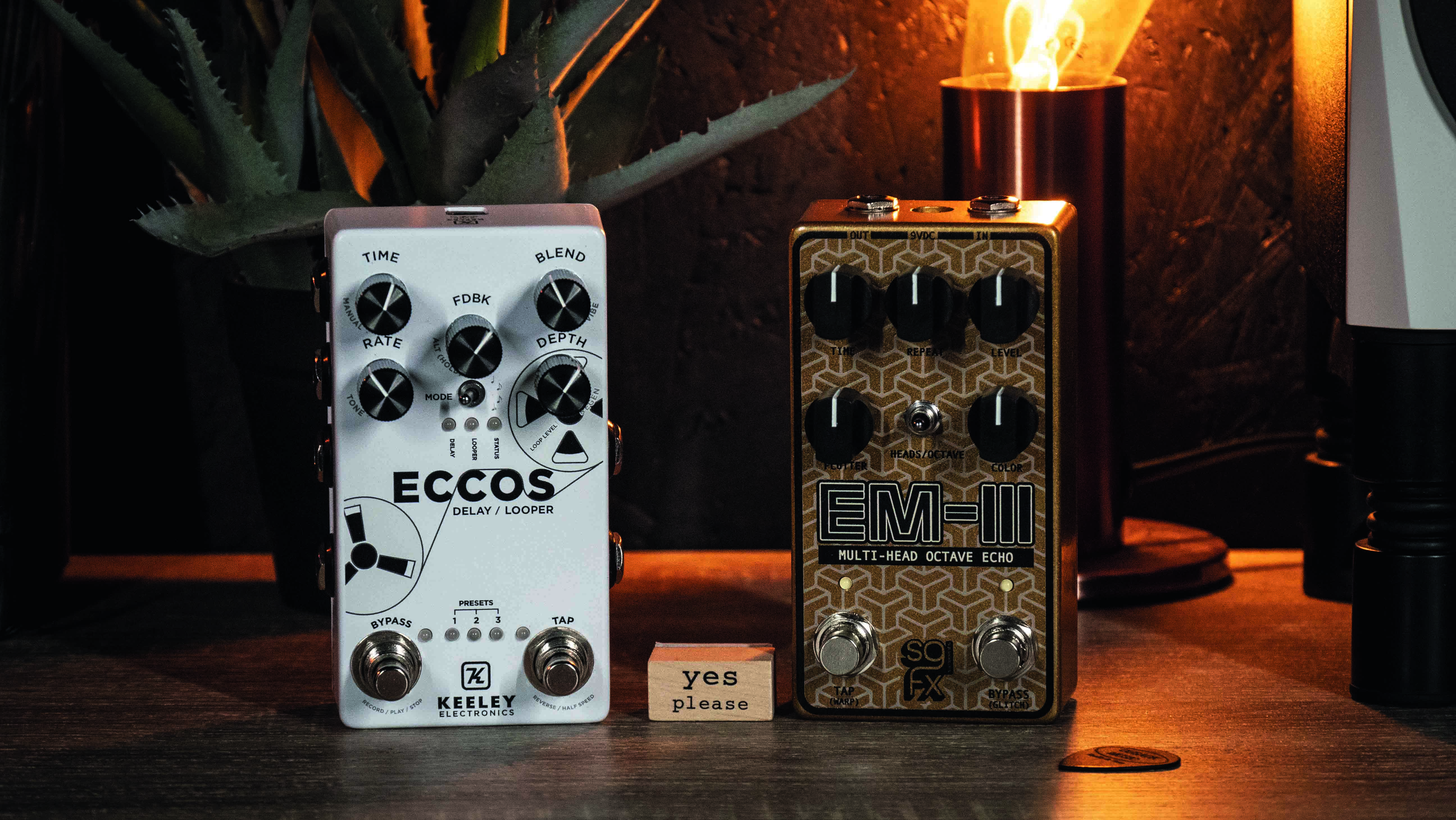
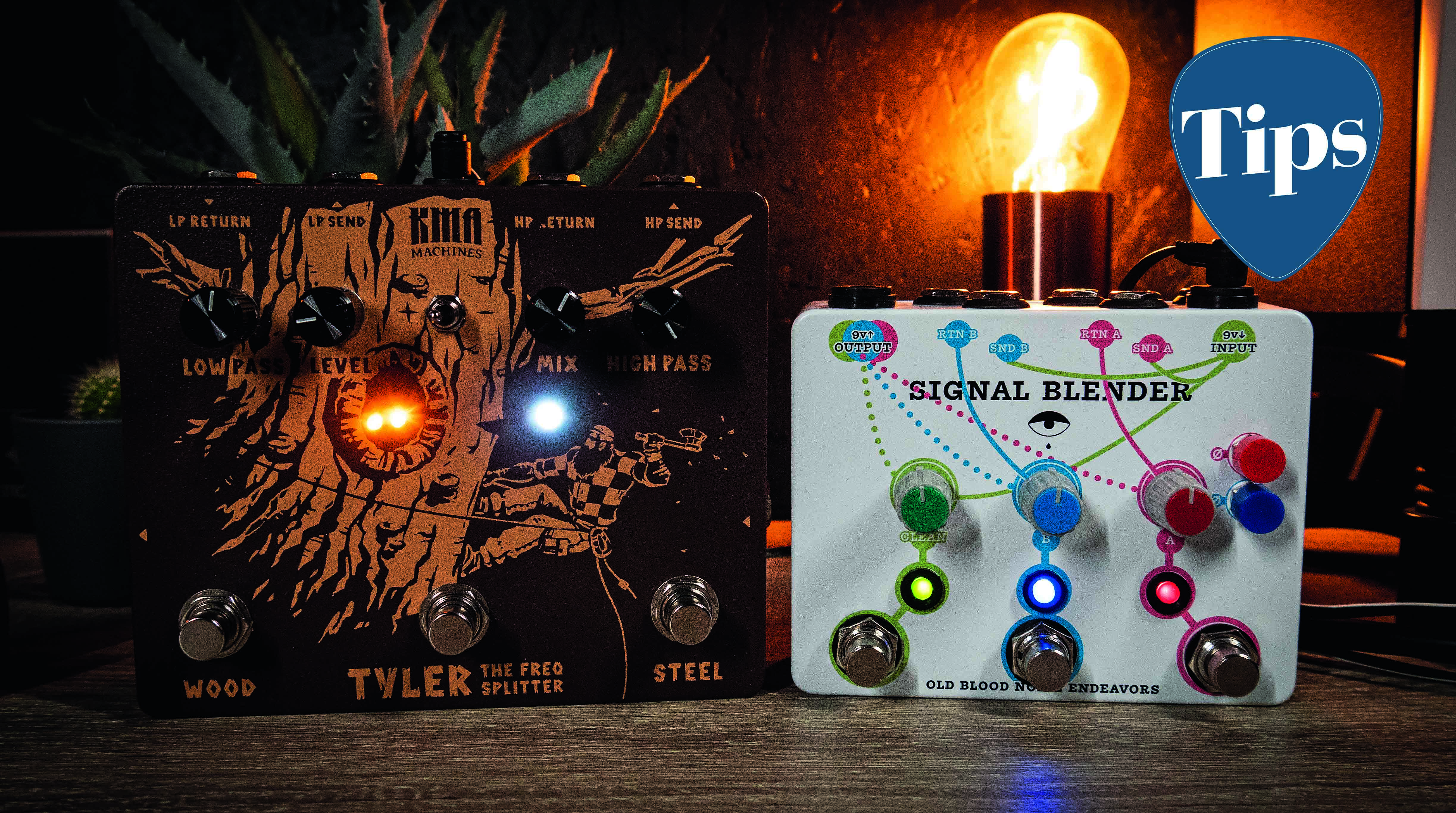
Stacking delay pedals is far from uncommon. If you’ve listened to The Edge, David Gilmour or Brian May then you’ve heard the spacious and rhythmic awesomeness stacked delays can produce. A lot of possibilities are available here, both with similar and contrasting delay tones.
The classic use is, of course, your rhythmic digital dual delays where you feed a short delay into a longer delay. You can never go wrong with the quarter and dotted-eighth note combo for that sweet galloping feel, but it’s fun to experiment with other subdivision combos as well.
The important thing here is to be aware of the levels and feedback of the delays. If you want a strong rhythmic delay, go for high levels and low feedback. If you want more of a washy texture then go for low levels and high feedback.
Get the MusicRadar Newsletter
Want all the hottest music and gear news, reviews, deals, features and more, direct to your inbox? Sign up here.
A cool way to make your tone more three dimensional and spacious is by stacking a short modulated analogue delay with low feedback and a longer pristine digital delay with high feedback. This enables the digital delay to capture and carry the gooey warmth and sway of the analogue delay for a beautiful texture that’s lush and wide. It’s important to run the delays at slightly off-set bpms in order to get that wide dimensional effect.
You can also walk the pedal path of Robin Guthrie, from legendary pop act Cocteau Twins, and stack several multi-tap delays – both short, long and modulated – for transcending, cascading reverberating textures.
Stacking reverb
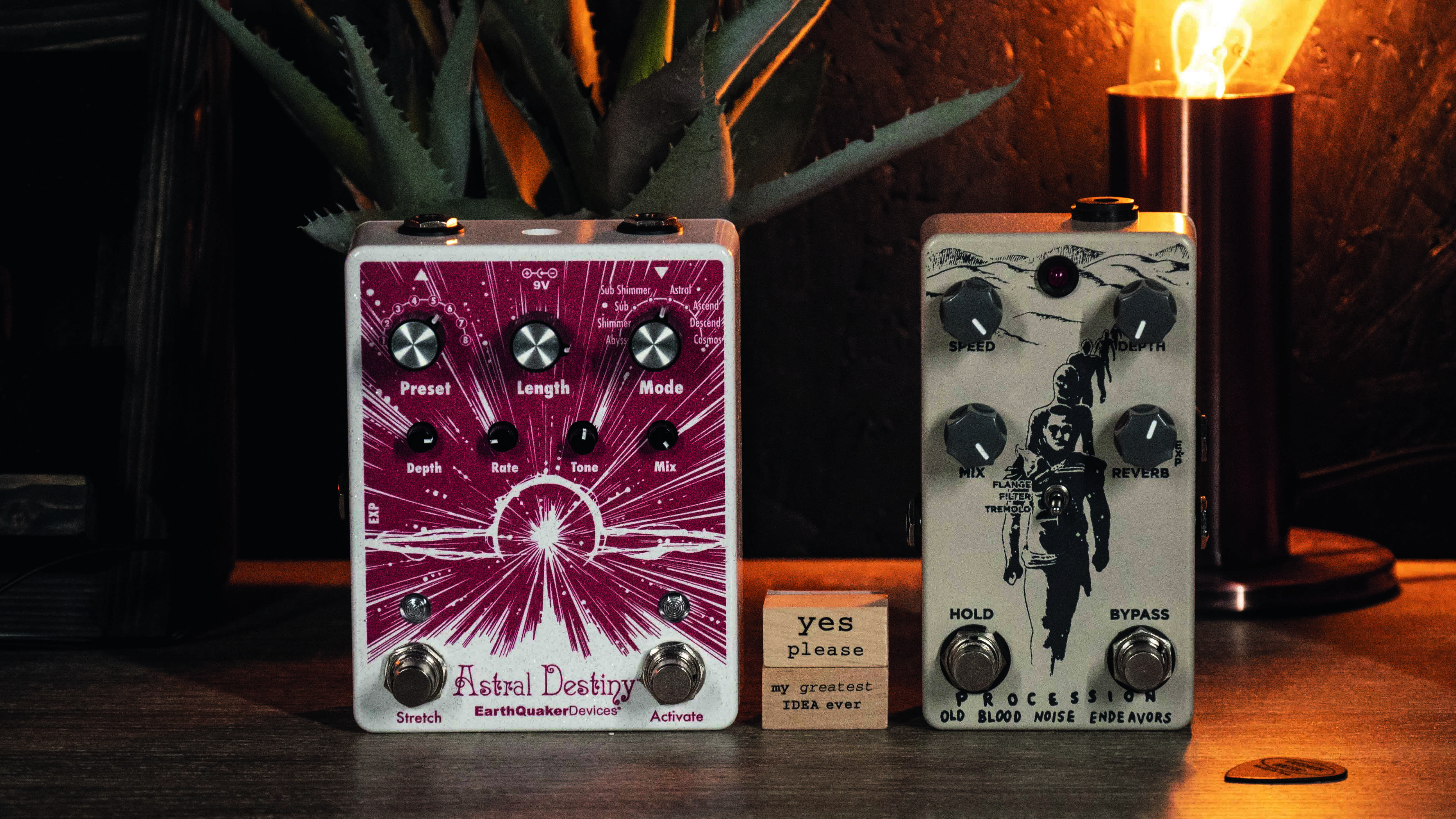
Stacking reverb is less typical than stacking delay, and personally I first encountered this by pure accident back in the day, as I turned on my hall reverb pedal while having the spring reverb on my amp engaged.
I just adored the extra liveliness the amp’s springs brought to my initial note attack, while the ambient reverb washed away in the background.
A more well-known example of stacked reverbs is Jeff Buckley’s iconic reverb tone on Hallelujah. This reverb tone manages to be both heartbreakingly intimate and close, and epically elusive and washy at the same time. This was achieved by running a short room-reverb into a long hall-reverb.
When it comes to stacking reverb pedals, contrast is pivotal. Things will get mushy really quickly if you just pounce a washed-out ’verb on top of another washed out ’verb. So it’s important to think about the individual tone, attack and decay of the reverbs before stacking.
A good use of contrast is, for instance, to stack a 100 per cent wet reverb with a long pre-delay and a long shimmer reverb. This way you can achieve a unique ambient volume swell effect, due to the full mix reverb removing your dry signal, which can then be carried away by the ethereal trails of the shimmer reverb.
Stacking pitch shifters and octavers
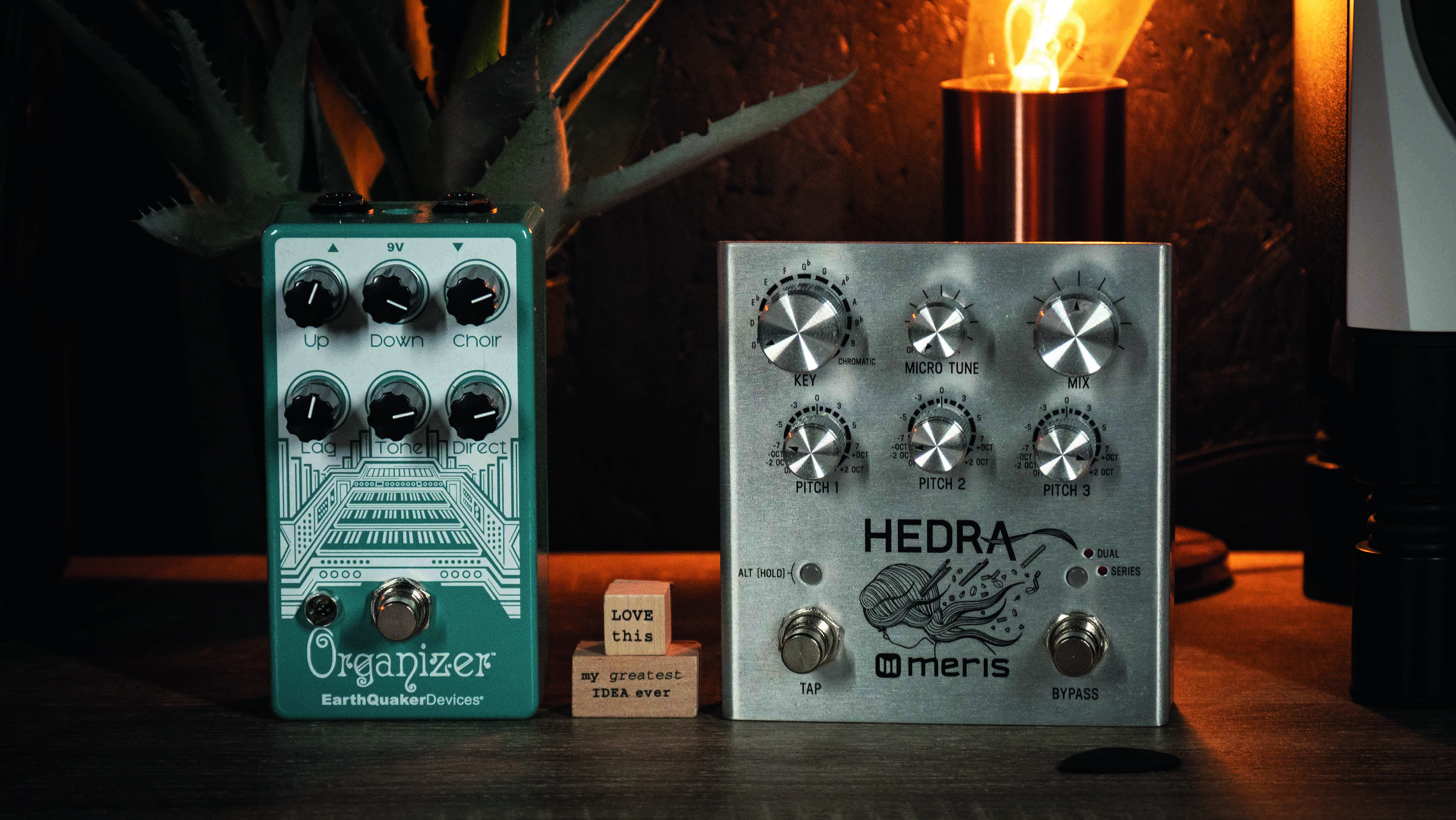
Pitch shifters are definitely not something you find on every pedalboard out there and hence not what people typically stack, but you can achieve some really epic synth-like textures by doing so.
A lot of pitch shifters let you use two or more intervals at the same time, but in those cases the intervals run in parallel and not in series. It’s this huge cascading series effect we want to achieve by stacking two (or more) pitch shifters.
I like to stack a pitch shifter set to a 5th above into an octaver set to an octave up and octave down at the same time. Mix that with some fuzz and a touch of chorus and you can almost get into ‘supersaw synth’ land.
Stacking similar modulation

Now, this is a fun effects category to get stack crazy with – there are so many options available. Stacking two tremolo pedals set to different speeds and waveforms can create some really trippy asynchronous rhythmic patterns, while stacking a fast, shallow chorus with a slow and deep chorus will give you a really watery and psychedelic Leslie-like effect.
Stacking two envelope filters set to different thresholds and different envelope directions can create some super-spacey filter effects, while stacking two phasers set to slightly offset slow rates can create some really dramatic and bold sweeps.
Now go out there, my tonal troopers, and stack your hearts out!
More: How to use reverb pedals in your guitar signal chain and get the best from them
“A pedal that sings with harmonic richness and blooming touch response”: Tone King offers up boutique tube amp tones for your pedalboard with the Imperial Preamp
“Each and every unit is perfectly dialled in to the 'sweet spot' that can be so elusive to find in vintage pedals”: Pigtronix’s Gas Giant is a high-gain fuzz pedal with a FET-driven onboard noise gate









